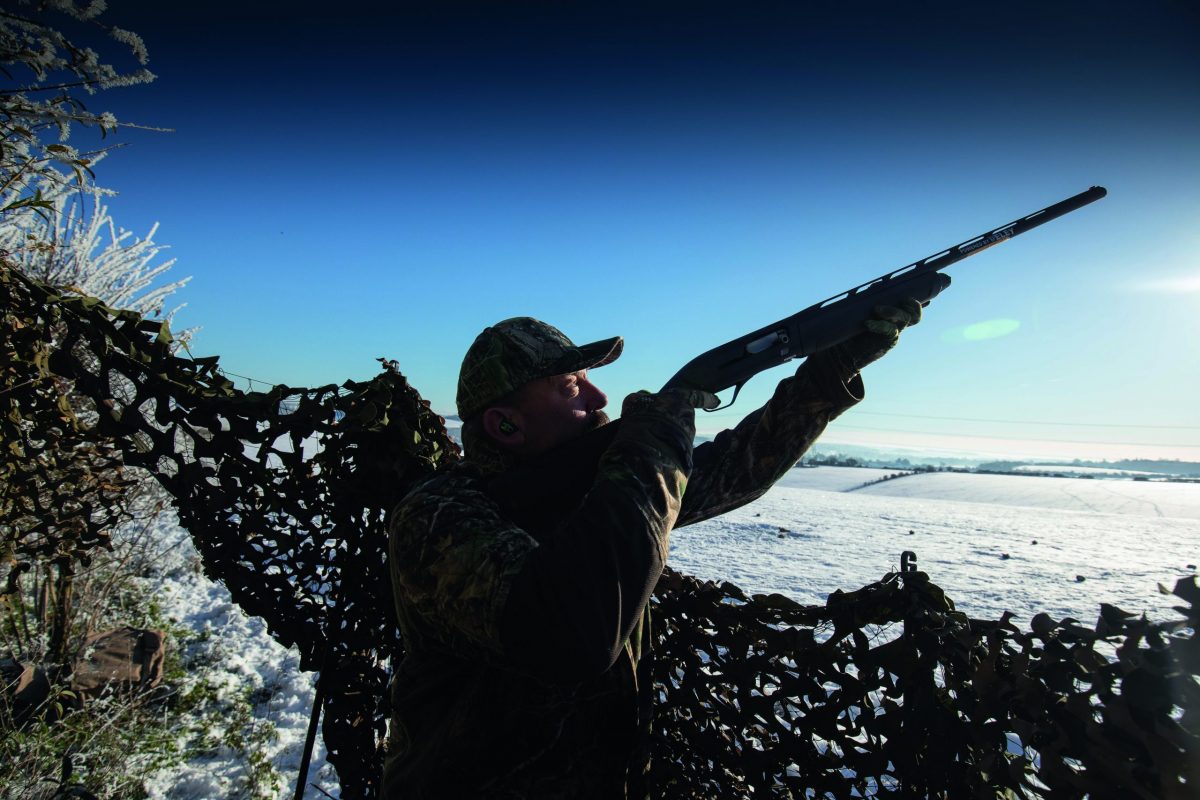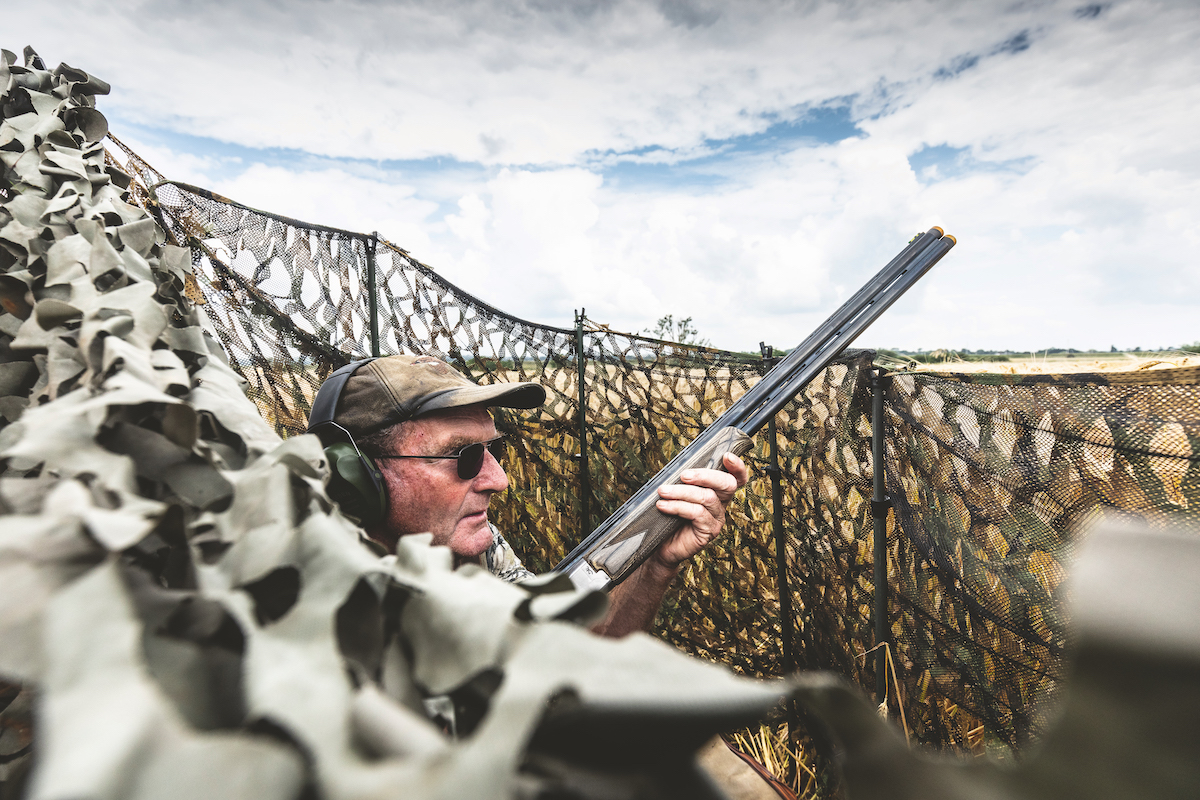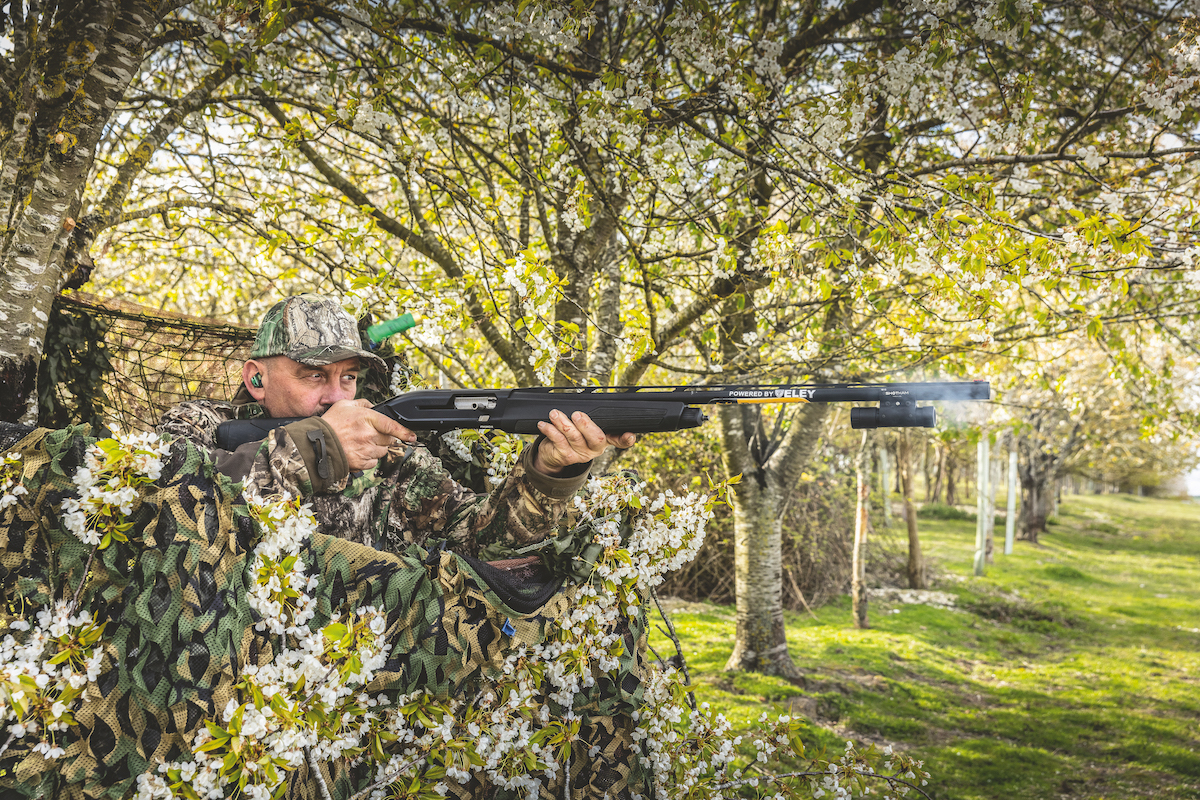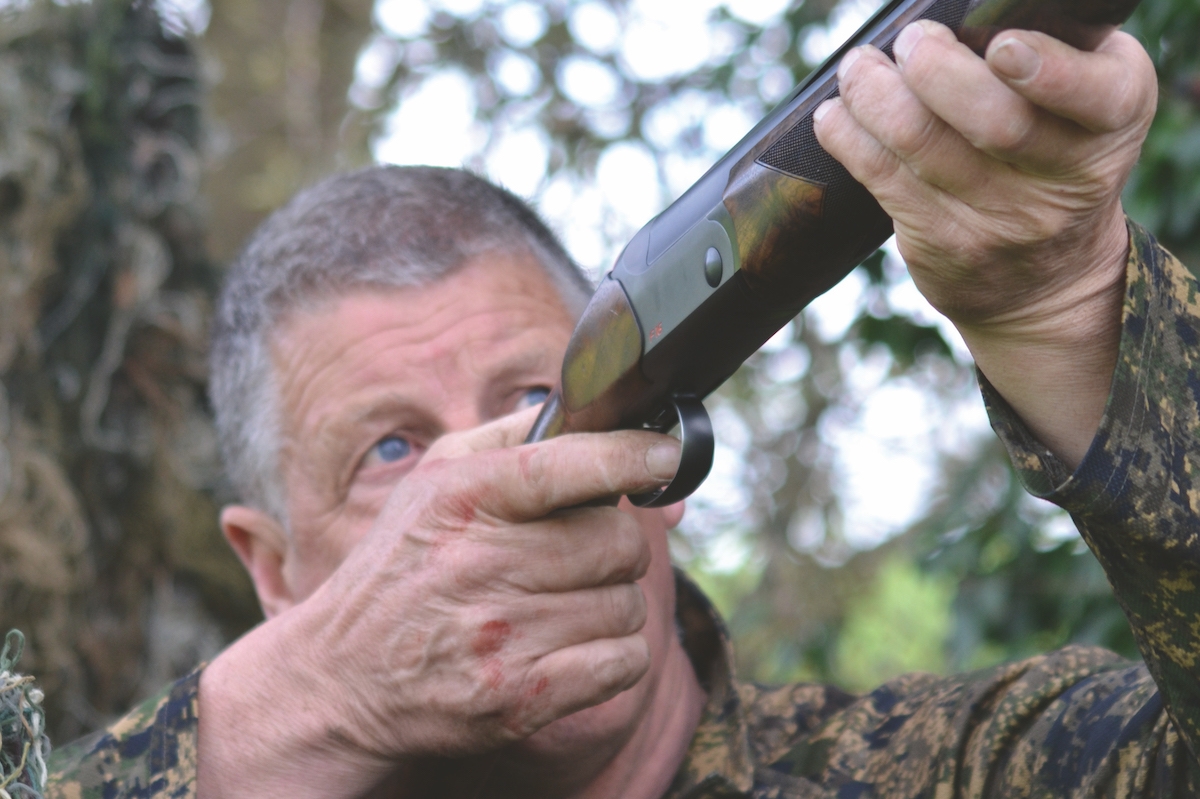Shooting pigeons in the snow – tips on tactics and safety
Geoff Garrod has a satisfying day on some intrepid pigeons, whose appetites do not dwindle one little bit in the snow

It’s not often that I get to shoot pigeons in the snow, and to be honest I haven’t had a great deal of luck in the past. It can be a cold, dank experience if the weather is Arctic-like, so I usually wait for the snow to melt before going out.
I did have an opportunity recently, though, after spotting pigeons feeding on the tips of the rape plants that were protruding from the snow on one particular field. It didn’t take too much encouragement to get me out in the hide.
It was never going to be rich pickings, but I had a few hours spare and it was a spectacular winter’s day. The sun was shining, there was a light breeze and it was crystal clear. It did say -5°C on the car thermometer, but in the lee of the wind and in the sun, it was a beautiful day to be out. We had a covering of around 4in as I loaded the truck to drive up to the field.
Considerable
There wasn’t much of the rape showing, but where the pigeons could get in they were causing serious damage. As you can imagine, a small area can be grazed in a very short period of time with 10 to 20 ravenous pigeons on it. The plants then stand little chance of recovery. The activity of the pigeons moving around exposes more and more of the rape around the edges, which is then easily accessible and in turn compounds the localised damage.
The flock was feeding out in the middle of the field when I arrived, and setting a hide up out there wasn’t an option. I chose a hedgerow as the location for the hide, right on the edge of the field and under the flightline in from the bottom of the field. It was sheltered and in the sun – a bonus.

Geoff sets up his hide to wait for the pigeons to arrive

Snow can make for an uncomfortable shooting experience
The snow at this location covered the rape fairly evenly, so I set up my decoys in a tight pattern akin to the birds I could see feeding on the field and then cleared some small patches in the snow. It’s always a good idea to mimic the feeding behaviour and type of pattern the birds display on a field as much as possible. They would be wary of a pattern of decoys that were spread out many feet apart if the food source is in a small area – as it was in this location, or on patches of laid barley, for example. Show them what they’re expecting to see; the same principle as shooting over spring drilling.
In similar circumstances, the birds will be spread out over a large area because the few bits of corn on the surface will be scarce. Then you’ll need to replicate that with your decoys by having plenty of space between them. That’s what they will be expecting.
There are a couple of things I should mention regarding shooting in the snow. As always, gun safety is paramount. Compacted snow can get very slippery if you’re constantly moving around in a small area in the hide, and before too long you’ll be standing on a block of ice. Do your best to find a level patch of ground and clear as much of the snow as possible to expose the grass below in the area you’ll be standing on.
You might need to break the ground up if it’s frozen, but whatever you do, ensure that you have a good footing throughout the day. Also, make sure that you don’t get snow in the muzzle of your gun. It’s easy to bend over to pick something up and not notice that you’ve blocked the barrels. Any obstruction is dangerous, so be aware of this and check your gun at regular intervals.

Ensure you have good footing on snowy days; you don’t want to slip
Position
Where I’d placed the hide was at the top of a gentle hill, which gave me plenty of time to spot birds as they flew up the flightline from the valley in the bright blue sky. There was a regular flightline to my left and a slower line to my right. I took a shot to put the birds up that were feeding on the rape a few hundred metres away. This stirred them and brought me my first customer to the decoys, which stood out against the snow.

Geoff’s spot at the top of the hill gives him a good view below
I didn’t have any dead birds to use, so relied on my full-bodied plastic decoys. I planned to use cradles for any shot birds to build the pattern, but the dozen plastics did a good job. Not every bird was keen to drop into the decoys, but they were clearly catching the eye of passing birds and drawing them in for a look. I know we all dream of the days when everything drops into the pattern with abandon, but good crossing birds are great sport, and that is what I was presented with on this day.
With the few hours I had free, I managed to bag around 20 birds – mostly woodies, but there were a couple of jackdaws and carrion crows that were also pecking around on the field. It was one of those days that was really satisfying, and it kept the flock off the rape for a while, so the farmer was happy. I also bagged some good rangy birds that really tested my shooting, so I considered it to be a successful outing.
I pulled stumps after a few hours and headed back to do some work on the game processing unit on the estate, which is a new venture for the shoot. We are going to process all of our game and pigeons on-site from next year and it’s taking up a fair bit of my time, but should be well worth the effort in the years to come. The aim is to sell all of our game, venison and pigeons locally, which feels like the right thing to do. I’ll let you know how it goes.

In the future, Geoff hopes to sell pigeon meat locally








